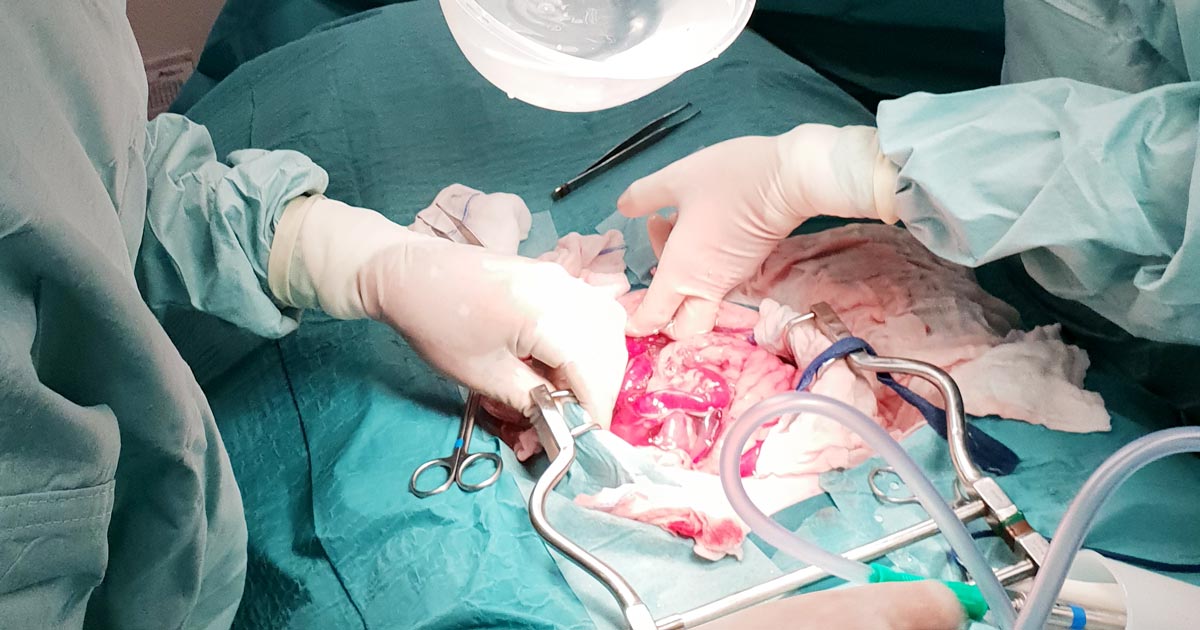Although I have lots of clinical experience and have developed my diagnostic skills to a high level, at times I will be thrown a curveball, so I should never get complacent.

The more unusual cases are the ones I tend to enjoy most, as they really get my brain working and force me to look at every possibility – something I champion in my practice.
An unusual case
One particularly unusual case was of septic peritonitis – an inflammation of the peritoneal lining of the abdomen caused by a bacterial infection.
Most commonly, this is due to perforation of the gastrointestinal tract, such as a foreign body, or ulceration or from some kind of abscess often secondary to neoplasia.
Surprising findings

We were unable to determine the cause of the bacterial infection in this patient via diagnostic imagery prior to exploratory laparotomy, but suspected it was due to some kind of gastrointestinal perforation due to dilated loops of hypomotile intestine.
To our surprise, the only thing we found was this black lymph node at the ileocolic junction (Figure 1).
We performed a fine needle aspirate and found bacteria under the microscope (Figure 2).
The lymph node was resected, no perforation was present, the abdomen was copiously lavaged and a Jackson-Pratt drain was placed.
This case highlighted perfectly the importance of leaving no stone unturned.

Leave a Reply